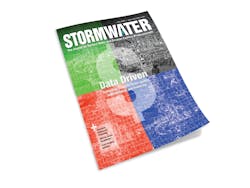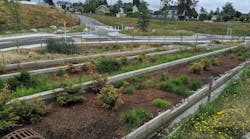Over the past few months, I have become more grateful for the modern technologies available to me than ever before, and I know I’m not alone. As we adjust to what looks to be a long-term need for social distancing, we have found new ways to connect with each other, share our knowledge, and learn new skills. If you’re looking for culture, museums around the world—including Florence’s Uffizi Gallery, the Guggenheim, MOMA, and Taiwan’s National Palace Museum—are offering virtual tours. A friend of mine recently invited me to join a Zoom workout class, and I’ve also scheduled a video call with my grandmother for her 94th birthday. Comedians, musicians, and actors have found new ways to put on shows and concerts from afar. And, on the work front, cloud storage and video conferencing have made it easier for many of us to work remotely.
I am immensely appreciative for new digital opportunities to enrich my weekends and evenings, that I can work from my kitchen table, and to be able to easily connect with my loved ones in unprecedented times. But I also find myself wondering how all these changes could benefit those working in the surface water and erosion control industry. What tools and strategies are available to stormwater managers? What new operating procedures and solutions will we start seeing the industry develop?
While it's still too early to say exactly how the industry will be affected by the pandemic, it’s likely that solutions that leverage technology and find cost savings will play a big role. With that in mind, this month, we’ve brought you stories of some of the technologies and solutions helping to preserve surface water quality and minimize erosion. In “Data-Driven Financing,” the City of Mineral Wells used machine learning to create accurate datasets categorizing impervious and pervious surfaces. The information gathered will allow the city to update its stormwater fee and fill its funding gap.
To deal with regular flooding in low areas during rainstorms, the city of Hoboken, NJ, installed smart pumps under the street. Check out “Fighting the Tide,” for more. In “Bourn Identity,” a contractor discusses how adding GPS and GNSS to their earth-moving vehicles helped them restore a stream that is part of the Chesapeake Bay watershed. And don’t miss “The Stormwater Performance Partnership,” for details on an innovative program that can help public agencies construct GI on private property.
As uncertain as a moment like this is, there is also opportunity. Because many of our old ways of interacting, living, and working are no longer available to us, there is a need to invent new ways to survive and thrive. Luckily, this industry is full of passionate, creative professionals who are invested in their work and the value it provides. Their innovation is like a sliver of sunshine in uncertain times, and I look forward to seeing how they reinvent themselves to continue their important work.
Please send your stories of challenges, innovations, and adaptations to [email protected].
About the Author
Rachel Sim
Editor
As the editor of Stormwater magazine from June 2019 to December 2020, Rachel Sim created and curated quality content addressing the challenges faced by surface water and erosion control professionals, focusing on cutting-edge technology and the latest environmental research.


